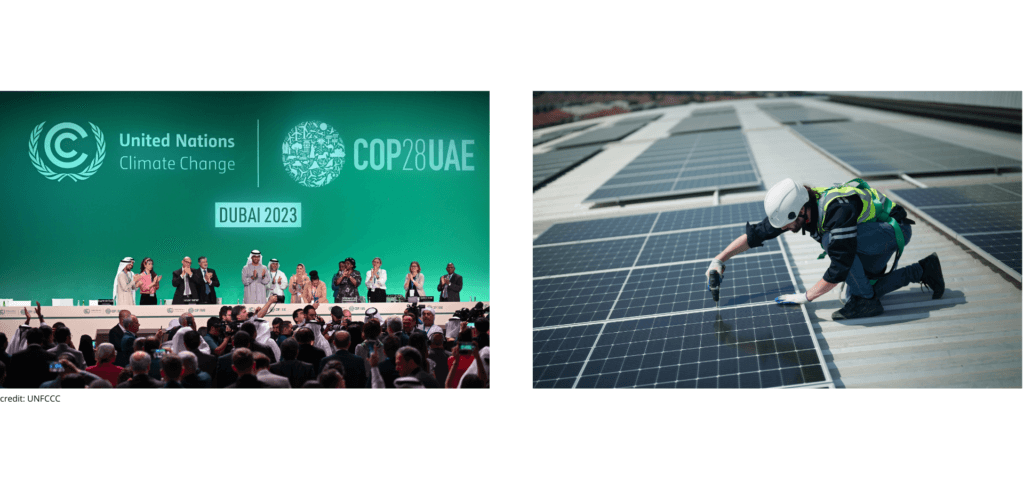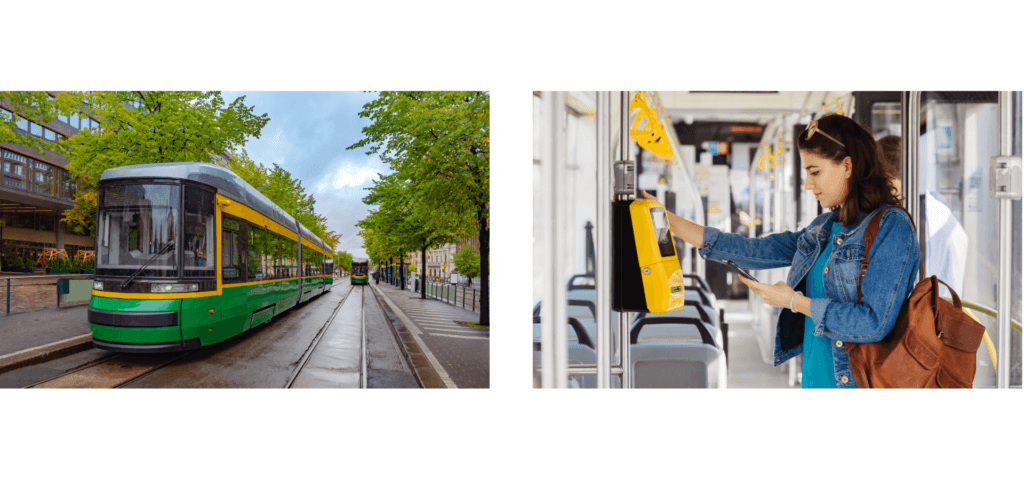
Uncovering the key role of energy storage in Europe's green revolution
As we step into a new year marked by record-breaking temperatures, the urgency to address climate change intensifies. A recent analysis has confirmed 2023 as the warmest year on record, with over 200 days setting new daily temperature records.
It is crucial that cities join the shared drive to mitigate the climate crisis and transition to greener, more sustainable energy. This was emphasised at COP28, where fossil fuels were officially recognised as the primary cause of climate change for the first time after 28 years. Within Europe, the European Commission is leading the way by introducing ambitious initiatives such as the Fit for 55 package and Effort Sharing Regulation to shift towards a low-carbon economy. These initiatives have sparked innovation and collaboration among European cities as they strive to embrace a more sustainable path.
The second part of our series on sustainable cities highlights the transformative efforts of three European cities – Helsinki, Ljubljana, and Sofia – in embracing energy storage to spearhead their sustainability goals. These cities serve as examples of how local governments can initiate a transition towards renewable energy, sustainable transportation, and emission reduction.

Embracing sustainable energy solutions
In the northern part of Europe, Helsinki is a pioneer in sustainability. The Finnish capital has embraced energy storage as a key element in achieving its goal of carbon neutrality by 2030. The city has launched an inventive project in collaboration with its energy provider to integrate battery energy storage into electric vehicle charging stations. The initiative taps into the potential of electric vehicles as mobile energy storage units, capable of storing excess energy generated from renewable sources. This energy can power the vehicles or be returned to the grid, making the energy ecosystem more connected and resilient.
According to the city's mayor, Juhana Vartianten, building a sustainable future is the most pressing issue we face today. "Helsinki wants to encourage cities around the world to embrace sustainability work and take concrete action. The coming years will determine the direction humanity takes, " said Vartiainen in the 2023 Voluntary Local Review, "That is why we must act now, and we must act together. We still have a long way to go, but fortunately, we are heading in the right direction."
Sofia, the vibrant capital of Bulgaria, is another city that has made sustainability a cornerstone of its urban development strategy. The city has implemented a number of innovative projects that are helping to reduce its reliance on fossil fuels and improve energy efficiency.
One of Sofia's most notable initiatives involves the installation of intelligent batteries throughout the city's public transportation network. These batteries act as mobile energy storage units, allowing buses and trams to store energy while braking or coasting downhill. The captured energy can then power the vehicles as they climb uphill or accelerate. This approach has shown promising results during its trial phase, with an expected 10-15% reduction in fuel usage and a 30% decrease in harmful carbon emissions, contributing to cleaner air and a more sustainable transportation system.
In addition to the environmental benefits, Sofia's battery storage project also streamlines the public transportation system, reducing the need for frequent recharging. The batteries provide a clean source of energy that can be used during peak hours, allowing passengers to rely on a more efficient public transportation system.

Harnessing the power of energy storage
Ljubljana, the capital of Slovenia, is known for its eco-friendliness and sustainable urban development. The city is taking steps to make its buildings sustainable while preserving its rich cultural heritage. One way Ljubljana is achieving this balance is by implementing energy storage systems in public buildings and infrastructure. The Ljubljana City Hall is equipped with a battery storage system that can store energy from the sun. Moreover, Ljubljana aims to expand its energy-saving efforts beyond City Hall by installing energy storage systems in public buildings such as schools, libraries, and other facilities.
Integrating energy storage systems into public buildings is a win-win solution for both cities and citizens. By doing so, the city enhances energy security, lowers energy expenses, and provides backup power during grid outages. This not only reduces the city's environmental footprint, but also provides its citizens with reliable access to energy.
In a world where climate change looms, Helsinki, Ljubljana, and Sofia are examples of how innovation and energy storage can shape a sustainable future. These cities have set the bar high by adopting measures that align with the EU's Green Deal goals, aiming to reduce carbon emissions and switch to renewable energy sources.
Helsinki's electric vehicle charging stations, Ljubljana's public buildings integrated with battery systems, and Sofia's intelligent battery storage for public transportation all show how technology can help create a cleaner, more resilient planet. By reducing carbon emissions and embracing renewable energy sources, these cities are leading the way in the fight against climate change.